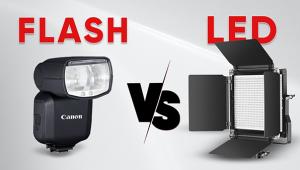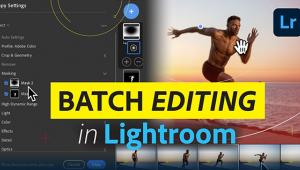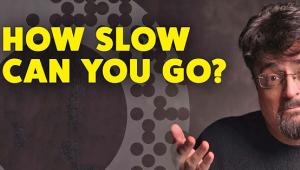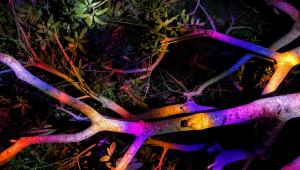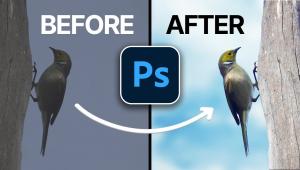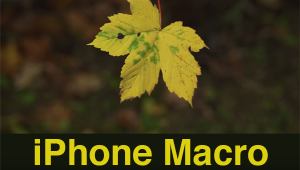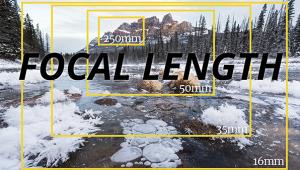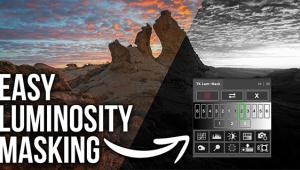Incident vs Reflected Light Readings & Why You Want a Hand-held Meter (VIDEO)

If you’ve never used a hand-held light meter, the difference between incident and reflected exposure readings may be unfamiliar. It’s a very important distinction that helps explain why many photographers invest in a hand-held meter, despite the sophisticated exposure capabilities of today’s advanced digital cameras.
The metering system in your camera may be very precise, but it’s only capable of making reflected readings. On the other hand, high-quality hand-held meters let you make both reflected and incident readings. The latter option will often provide superior results whether you’re shooting indoors or out in the field.
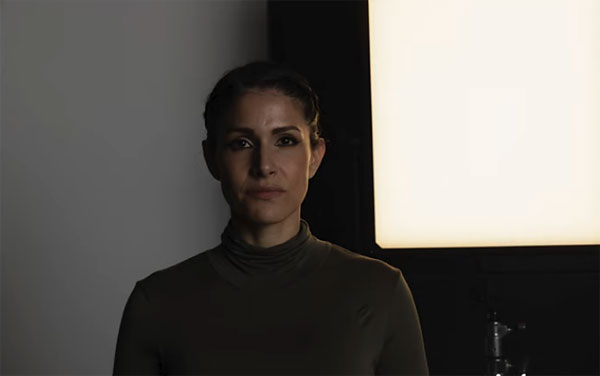
As you’ll see in this tutorial from Adorama TV, both metering modes have their strengths and weaknesses. Instructor Mark Wallace provides everything you need to know, and uses simple demonstrations to explain which metering method is best for different applications. As he says, “The results may surprise you.”
Wallace begins by explaining how meters determine a “proper” exposure, and discusses the significant difference between incident and reflective readings. He also demonstrates why certain scenarios cause problems for reflected meters, while other situations may create issues for incident readings.
Once he discusses how to overcome problems with both types of light measurements, Wallace provides several helpful recommendations based upon his personal approach to metering a scene.
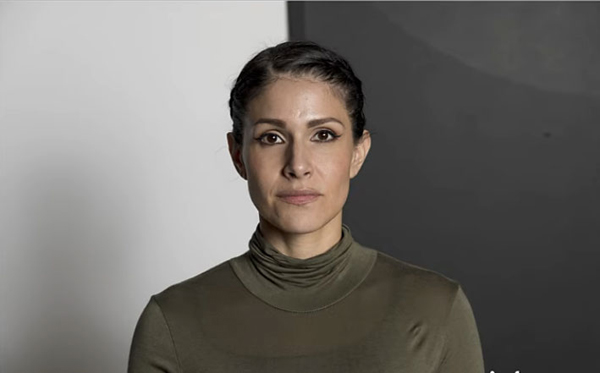
If you decide to take Wallace’s advice, and purchase a hand-held meter, make sure you get one with both reflected and incident modes. After if you’re willing to spend big bucks, you can find meters that also offer spot-metering capabilities.
There are more helpful tips on Wallace’s YouTube channel, and on the Adorama TV channel, so be sure and take a look.
And speaking of important accessories, take a look at the recent tutorial we posted, describing three “essential lens filters every outdoor photographer should own.
- Log in or register to post comments
